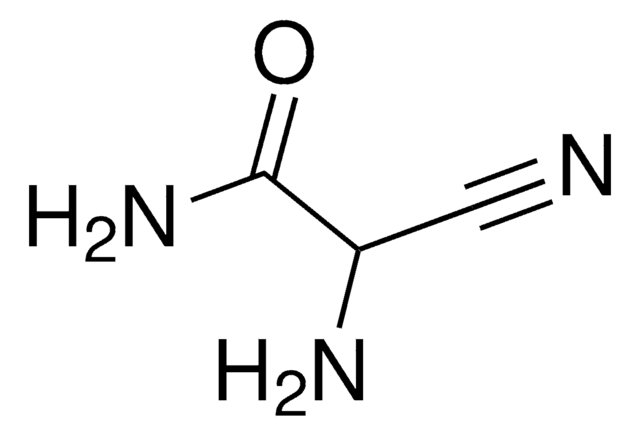OGS412
PSF-OXB20-FLUC - BACTERIAL LUCIFERASE PLASMID
plasmid vector for molecular cloning
Sinónimos:
cloning vector, expression vector, molecular cloning vector, plasmid, plasmid vector, snapfast vector, vector
About This Item
Productos recomendados
form
buffered aqueous solution
mol wt
size 5475 bp
bacteria selection
kanamycin
origin of replication
pUC (500 copies)
peptide cleavage
no cleavage
promoter
Promoter name: OXB20
Promoter activity: constitutive
Promoter type: bacterial
reporter gene
firefly luciferase
shipped in
ambient
storage temp.
−20°C
General description
Promoter Expression Level: PSF-OXB20-FLUC - BACTERIAL LUCIFERASE plasmid contains a constitutive bacterial promoter that does not require induction. It is the strongest bacterial promoter we sell and this can cause solubility and expression problems with some proteins. We also offer a range of other bacterial promoters that are compatible with this plasmid and are available on request.
Application
By positioning all of our genes in the same location it allows them to be transferred between plasmids using the same cloning method and restriction sites regardless of the plasmid being used from our product range. Inserting a new gene into this plasmid should be easily possible using a range of standard restriction enzyme sites that flank the gene currently in the vector.
Multiple cloning site notes: In the multiple cloning site there are two important restriction sites called BsgI and BseRI sites. These sites both cut the DNA at the same position and cleave the stop codon of the gene in the multiple cloning site in this plasmid thereby producing a TA overhang. This overhang is compatible with any of our peptide or reporter fusion tag plasmids also cut with either of these enzymes. This allows seamless C-terminal fusions to be made with the gene in this multiple cloning site using a single cloning step from our C-terminal peptide and reporter tag product range. Normally the easiest method is to clone the C-terminal tag from our other plasmid products into this plasmid using BsgI or BseRI and the downstream ClaI restriction site.
BseRI and BsgI sites are non-palindromic and cleave a defined number of bases away from their binding sites. This allows them to cut the upstream stop codon in the gene in this plasmid regardless of the gene sequence.
Sequence
Analysis Note
Related product
Storage Class
12 - Non Combustible Liquids
flash_point_f
Not applicable
flash_point_c
Not applicable
Certificados de análisis (COA)
Busque Certificados de análisis (COA) introduciendo el número de lote del producto. Los números de lote se encuentran en la etiqueta del producto después de las palabras «Lot» o «Batch»
¿Ya tiene este producto?
Encuentre la documentación para los productos que ha comprado recientemente en la Biblioteca de documentos.
Artículos
Learn more about relevant restriction site functions in the SnapFast™ plasmid system. All DNA sections are pre-screened, and where possible modified, to remove any of the restriction sites found within the core SnapFast plasmids to maintain their flexibility.
A range of forward and reverse sequencing primers that allow you to sequence any insert that you make into a particular position within any plasmid. Where possible, the binding sites for each of these primers is conserved.
Our plasmids are composed of both a core vector backbone and a series of DNA components. Our plasmid platform is all built around the same core backbone, which means that the DNA components within each plasmids can be interchanged into each other.
Protocolos
Sigma-Aldrich presents a technical article to help you choose the right SnapFast™ vector to meet your needs.
Nuestro equipo de científicos tiene experiencia en todas las áreas de investigación: Ciencias de la vida, Ciencia de los materiales, Síntesis química, Cromatografía, Analítica y muchas otras.
Póngase en contacto con el Servicio técnico







